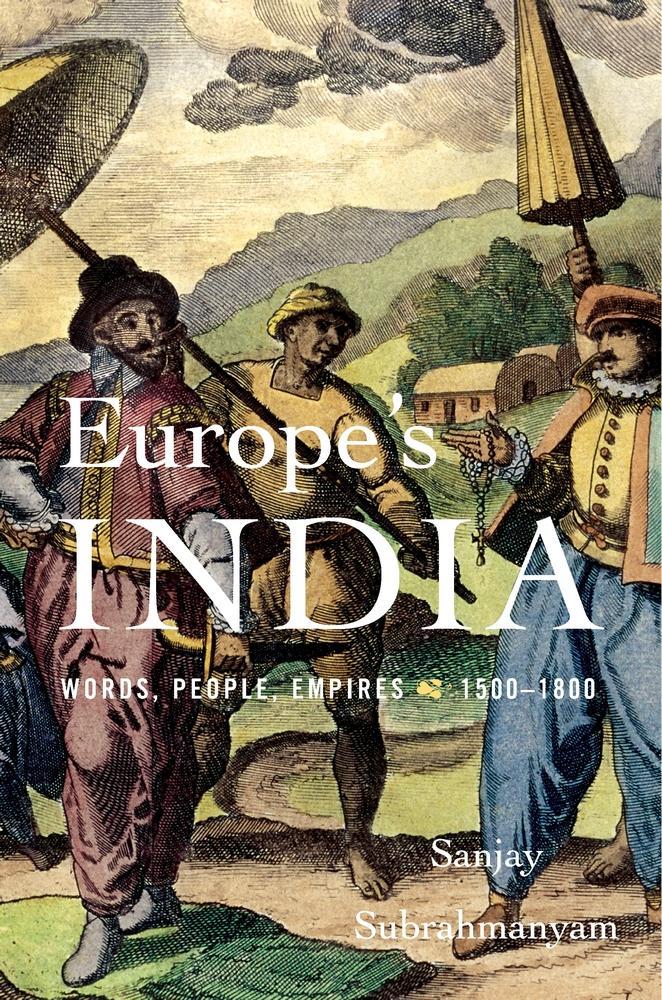Europe's India

Europe's India
Europe's India tracks Europeans' changing ideas of India over the entire early modern period. Sanjay Subrahmanyam brings his expertise and erudition to bear in exploring the connection between European representations of India and the fascination with collecting Indian texts and objects that took root in the sixteenth century. European notions of India's history, geography, politics, and religion were strongly shaped by the manuscripts, paintings, and artifacts--both precious and prosaic--that found their way into Western hands.
Subrahmanyam rejects the opposition between "true" knowledge of India and the self-serving fantasies of European Orientalists. Instead, he shows how knowledge must always be understood in relation to the concrete circumstances of its production. Europe's India is as much about how the East came to be understood by the West as it is about how India shaped Europe's ideas concerning art, language, religion, and commerce.
Descrierea produsului
Europe's India tracks Europeans' changing ideas of India over the entire early modern period. Sanjay Subrahmanyam brings his expertise and erudition to bear in exploring the connection between European representations of India and the fascination with collecting Indian texts and objects that took root in the sixteenth century. European notions of India's history, geography, politics, and religion were strongly shaped by the manuscripts, paintings, and artifacts--both precious and prosaic--that found their way into Western hands.
Subrahmanyam rejects the opposition between "true" knowledge of India and the self-serving fantasies of European Orientalists. Instead, he shows how knowledge must always be understood in relation to the concrete circumstances of its production. Europe's India is as much about how the East came to be understood by the West as it is about how India shaped Europe's ideas concerning art, language, religion, and commerce.
Detaliile produsului












